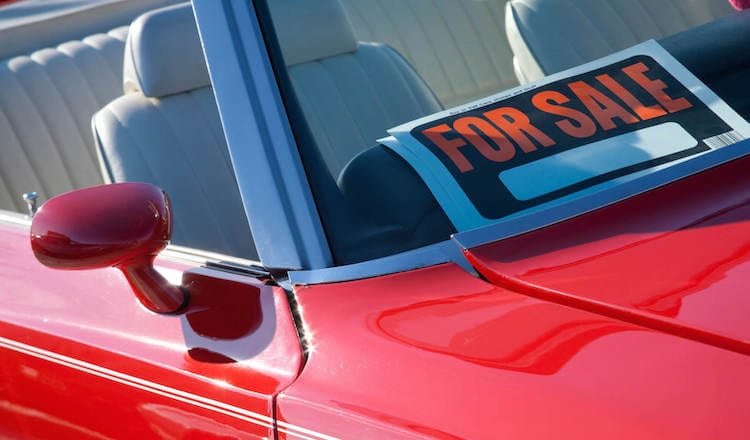If you’ve decided it’s time to upgrade your wheels, you’ll likely need to get rid of your current ride.
Whether you’re buying new or used, putting some effort into preparing your old car for sale is vital and could make all the difference when it comes to how much money ends up in your pocket – to put towards that new purchase.
There are plenty of ways to sell your car (we’d recommend online classifieds) but no matter which course you choose, making sure your car is well presented will go a long way towards getting you the best possible price or deal.
To help, we’ve put together a selection of tips that will boost your chances at getting the right outcome.
1. Clean it up
Let’s start with the obvious. It sounds so simple, and it is – yet so many forget to tidy up before taking photos or letting someone view the car. Empty out any personal items and remove any rubbish. Don’t forget to check under the seats and clear out the boot.
A messy car looks uncared for, and is unlikely to impress potential buyers. Ensuring there are no loose items will also prevent any unnecessary rattling noises that could deter interested parties. If your car is in pretty good nick, then giving it a thorough clean inside and out yourself, could be enough. Don’t forget the engine bay.

2. Detailing, and a cut & polish
If your car is looking a little worse for wear, then a more intensive clean may be required. Minor scratches, scuff marks and baked on bird-poo can be vamoosed with a cut and polish, while a detail service will leave the inside and outside looking its best.
This can cost hundreds of dollars, depending on the level of attention needed, so you’ll need to weigh up whether or not spending the extra money will make the car more appealing to potential buyers without over-capitalising.
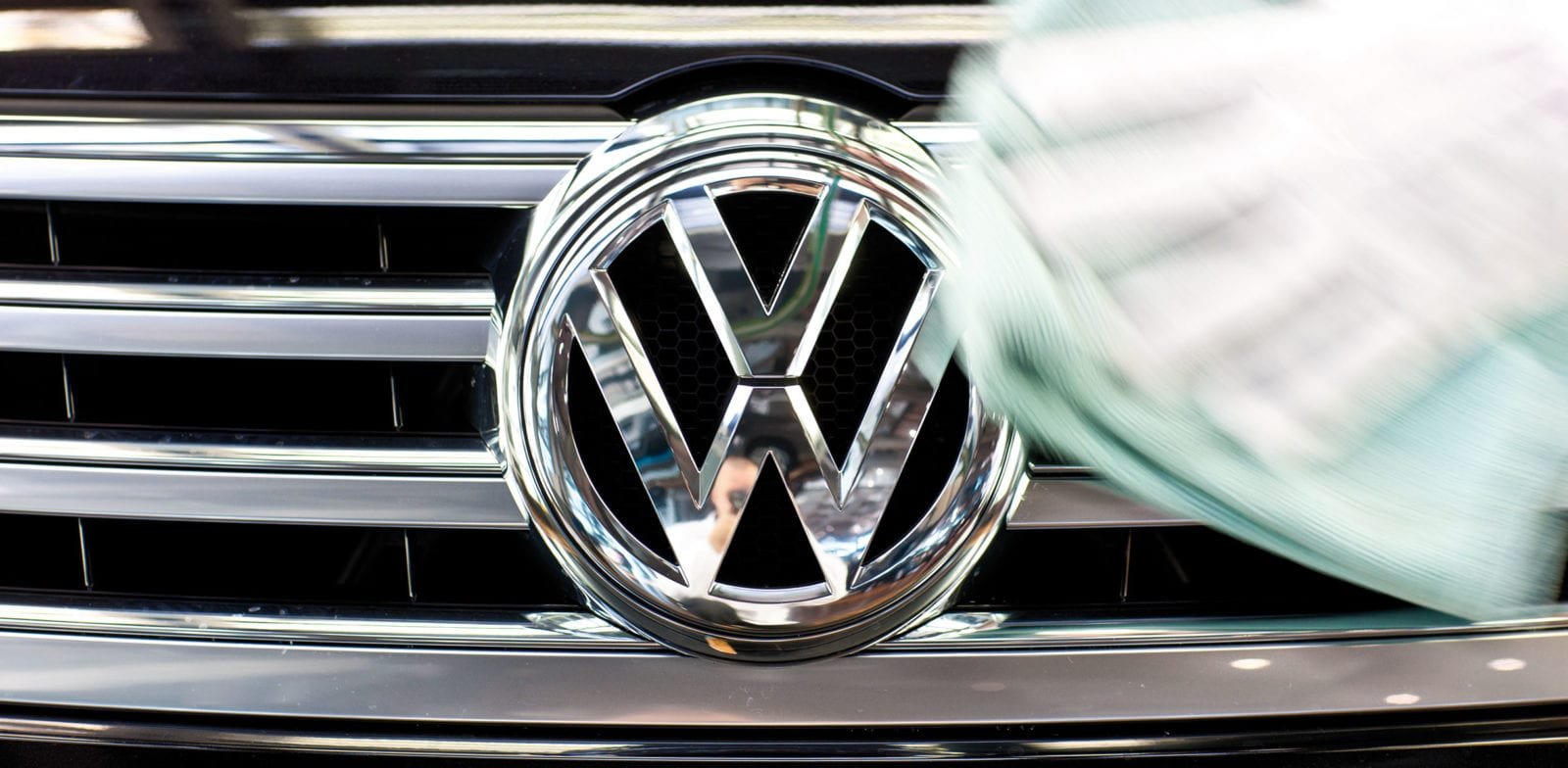
3. Minor repairs
Check the tyres are at the very least in a fair condition. Uneven wear, bald patches or low tread depth will certainly be noticed, it’s a massive deterrent for buyers and you’ll be handing them a bargaining point.
Uneven wear could point to bigger issues with balance or suspension, which would also raise red flags. And, let’s not forget, worn tyres aren’t roadworthy – so you shouldn’t have let them get to that point. Again, tyres are expensive, so if they are technically roadworthy but a little shabby, you’ll need to weigh up your options.
Windscreen wiper blades and loose or broken fixtures inside could be quick and cheap to fix, so take the time to check everything over thoroughly and repair or replace what you can within a reasonable budget.
It’s also a good idea to check the fluids under the bonnet and make sure they are clean and topped up. If your car is unregistered or unroadworthy, find out what is needed but don’t get it done until the sale is secured. Use it as a negotiation point when settling on a price with your buyer.
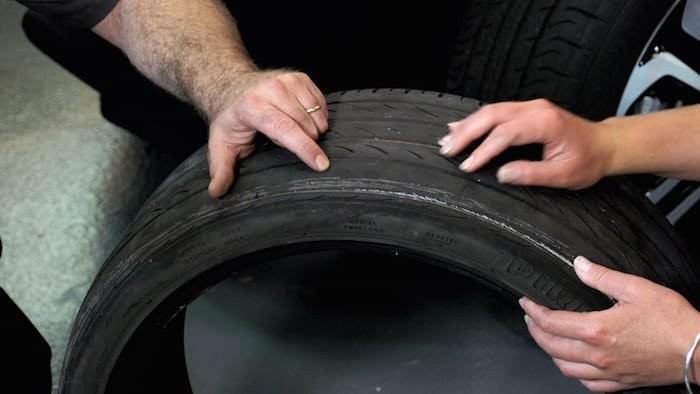
4. Check the paperwork
Different states and territories have different requirements when it comes to the paperwork you need to have in order before you can advertise your car for sale. Do your research and find out the regulations that are relevant to you – each state or territory has comprehensive information available online. For example, if the car is registered in Queensland, you’ll need to get and display a safety certificate.
Ask your service centre for a statement of service history. It should be free and, like a logbook, it’s a great way to prove that the car has been maintained regularly and correctly.
There are a few other things to ensure are in order – if finance is owing, know the final total payout figure inclusive of interest and fees, and if the car is still under warranty, find out how long is left and if it’s transferrable. The more documentation you have to prove the vehicle has been well looked after, the more at ease the buyer will feel.
The potential buyer might also ask for a range of information including proof that you own the car – for example a receipt or driver’s licence details that can be used to conduct a search to confirm, registration number and certificate of registration, engine number, VIN (vehicle information number) or chassis number. In New South Wales, they’ll also want to see a current pink slip (safety certificate).

5. Know what it’s worth
Getting an idea of what your car could sell for is easier than it sounds. There are numerous online tools that can give you a valuation, including redbook.com.au or mycarprice.com.au that is run by glassguide.com.au and costs less than $20.
Or, you can shop around to see what cars of the same year, make and model, with similar kilometres and in similar condition are going for.
Keep in mind, you won’t get anywhere near the valuation if you decide to go with the trade-in option. Dealers need to be able to make their own profit when they resell it, after all.
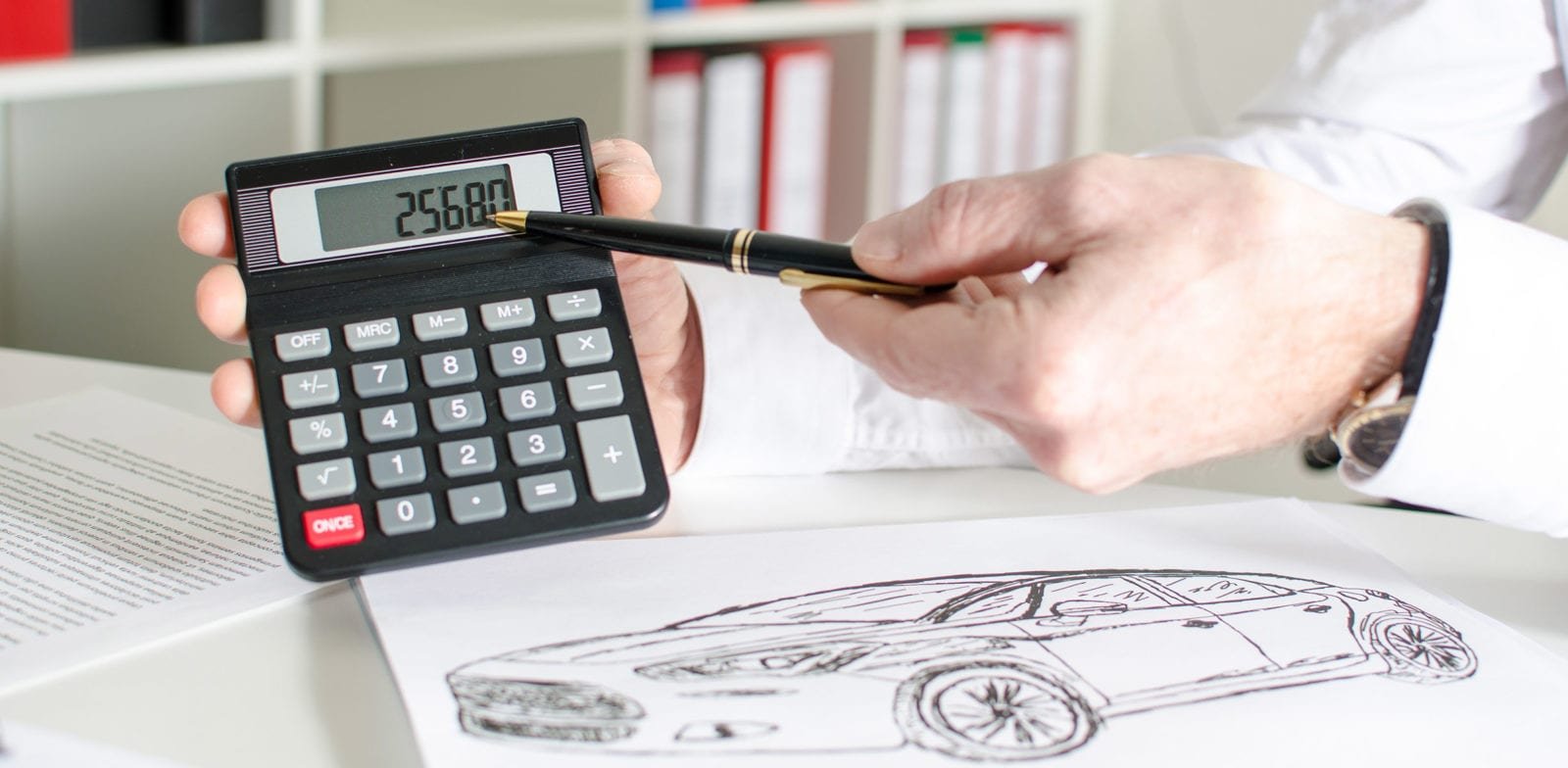
6. Take quality photos
A picture is worth a thousand words, so put some effort into taking a great shot of your car. These days, mobile phone cameras are very good and you don’t need to be an expert photographer to pull it off.
Find a nice location, too. Alhough the beach background looks good, it could suggest to buyers the car has been exposed to moisture and salt. Instead, try a quiet street, near a park, or a rooftop carpark.
Also keep in mind that natural light is better early in the morning, in the evening or when it is overcast. Harsh sunlight creates glare and shadows.
Take a look at some of our images and recreate the angles like front three-quarter, rear three-quarter and side-profile, and don’t forget to lock the wheel.
For expert car photography tips, check out this article from CarAdvice photographer Tom Fraser.
7. Write an honest and descriptive listing
When you write the spiel to accompany your listing, be accurate in your descriptions and honest about any serious work that needs to be done.
Highlight the positives but don’t try and oversell your beloved pre-loved vehicle. Be honest but not brutally blunt about its shortcomings.
The upholstery could be well-loved, rather than faded and worn. People will read between the lines, and there’s no need to make it sound like a lemon if it’s mechanically sound.
A characterful, well looked after second-hand car is more realistic and attractive to buyers than something that sounds too good to be true – unless, of course, it has been impeccably maintained, in which case shout it from the rooftops and be prepared to prove it.
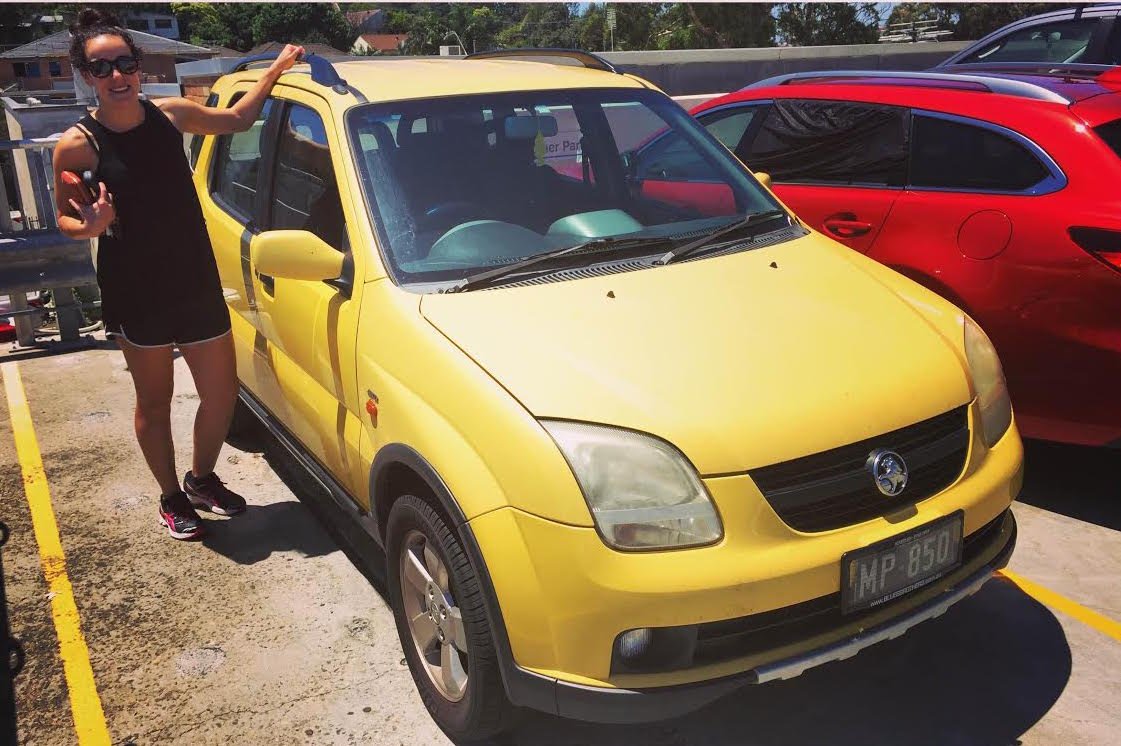
8. Ditch the stank
Finally, pop an air-freshener in the car before you let anyone near it. It may not smell funky to you because you’re used to it, but if it’s stanky it will make a bad first impression and, again, convey that you haven’t taken care of it.
Leaving food or messy spills to fester is disgusting and will leave a lingering stench for a long time, as will smelly gym gear that’s left to bake in the sun.
Few air-fresheners could handle all of that, though, and prevention is better than cure. So, while you’re going through the process, keep it clean and mop up messes as soon as they happen, and you might avoid ending up with a nasty smelling car that will turn people off instantly.
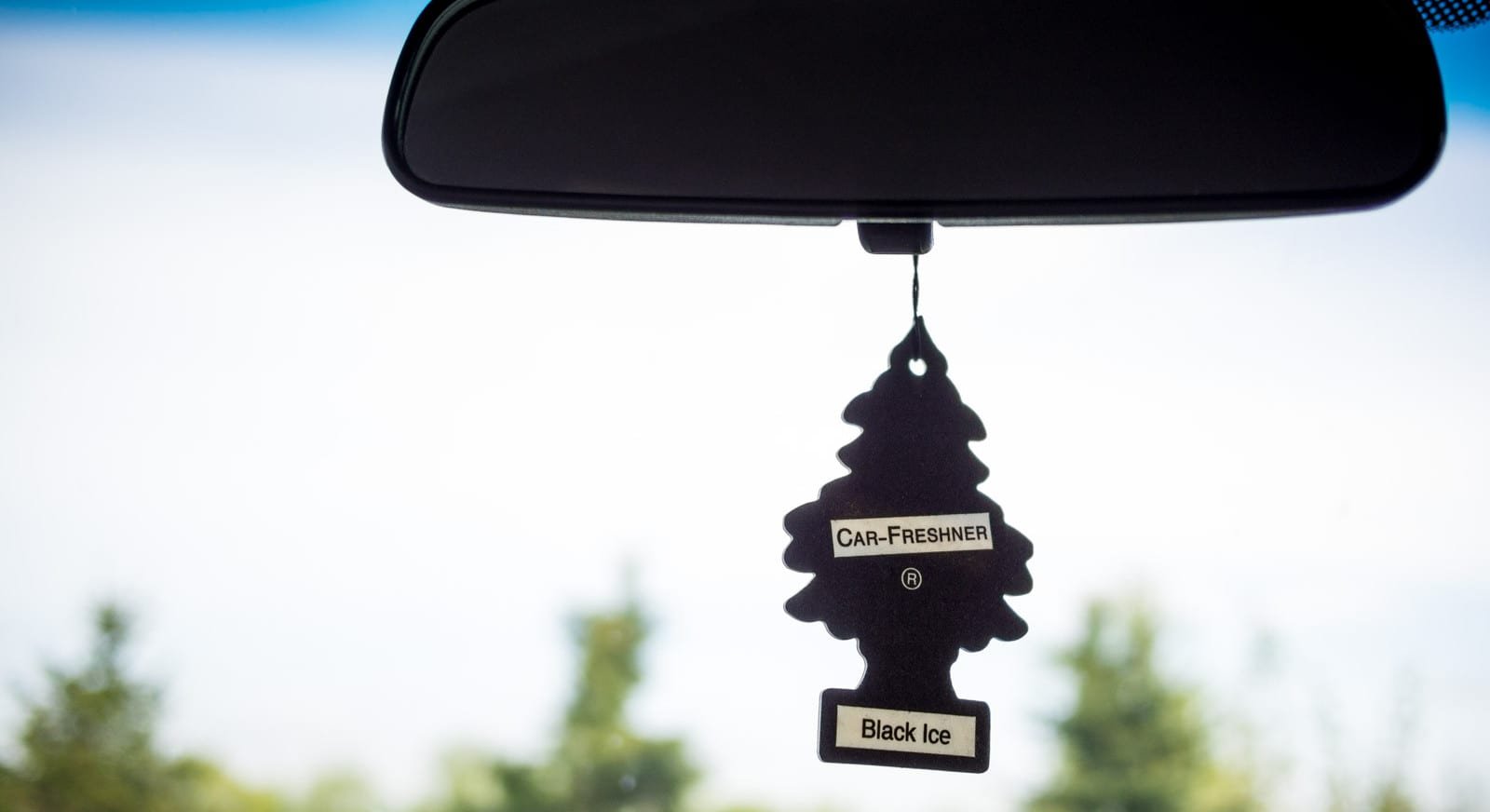
9. Protect yourself
Lastly, be sure to protect yourself against anyone with less than honest intentions. Ask to take a photo of their licence, and immediately email or message the photo to yourself or a friend.
Join the potential buyer on the test drive of your car and, if you’re worried about your safety, bring a friend along or ask a friend to follow behind. Likewise, arrange to meet away from your home if you’re worried about an unscheduled visit before or after the arranged meeting time.
It might be the worst-case scenario, but you can never be too safe. Be careful, be smart.
Good luck!
The Carousel thanks Tegan Lawson from Car Advice for this article.

